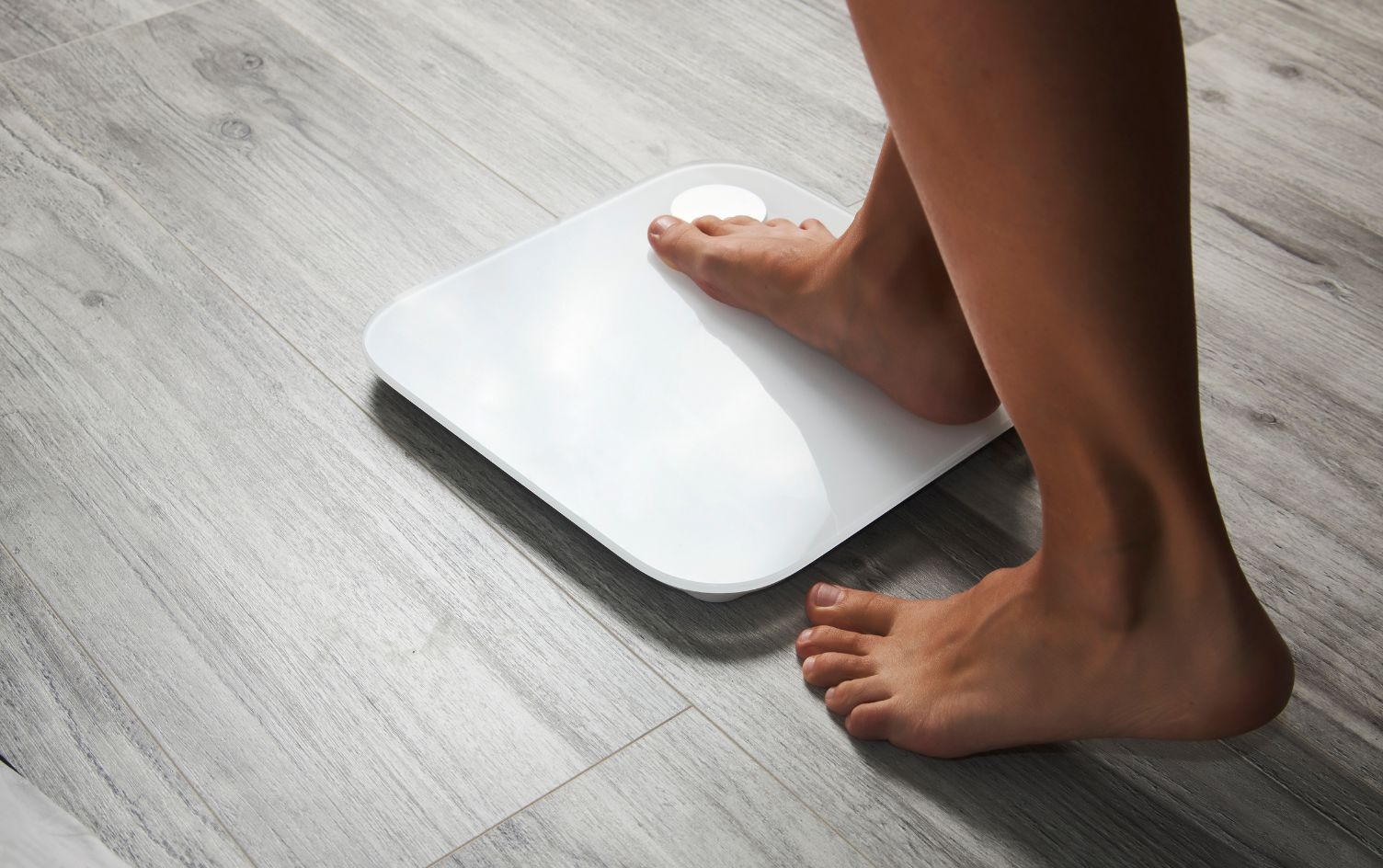Getting on track with a weight-loss strategy can feel amazing when the results start rolling in. But in addition to losing weight — in particular water weight initially and then fat as you progress — your body may go through some unexpected changes.
“As you lose weight, you’re likely to experience shifts in how your body operates, particularly in your metabolism and hormone regulation,” says Dr. Nancy Rahnama, bariatric physician and internist. “This can be especially pronounced if you drop weight quickly and aren’t building muscle mass.”
Regardless of the timeframe it takes you to lose weight, here are five physical effects you might experience and how to positively deal with the changes.
EXCESS SKIN
Often seen with rapid weight loss — but also possible with slower loss — excess skin occurs when there’s a loss of elasticity that leaves skin looking saggy or loose. Other factors that might influence how much excess skin you have are age — you lose elasticity as you get older — previous sun exposure, smoking and dehydration. Even genes play a part, since they can influence your skin’s structure.
The innermost layer of your skin contains proteins that include collagen and elastin, according to Franziska Spritzler, RD and a certified diabetes educator. When the skin has been significantly stretched for a long time (which is what happens with weight gain), these protein fibers can become damaged, and lose some ability to retract.
Although some people minimize excess skin with resistance training, better hydration and taking collagen supplements, Spritzler notes that those who deal with a large amount of excess skin often consider body-contouring surgery.
STRETCH MARKS
Another effect of skin that’s changed rapidly is the development of stretch marks, which appear as parallel lines that can vary in color from white to gray and even purple or pink. They’re most common in areas that change dramatically during weight gain and loss, like the stomach, butt, thighs and upper arms.
As your skin stretches, the body boosts its amount of cortisone, a hormone produced by your adrenal gland in response to stress. When the hormone is in overdrive with sudden weight changes, it can reduce your skin’s elasticity.
These marks are painless and often fade with time, but if they bother you, treatments are available, such as laser therapy and Retin-A, which prompt more collagen development.
ACNE
As Dr. Rahnama noted, hormone regulation can be affected by weight loss as well as weight gain. As every teenager knows, changing hormones in the body can show up on your face, and not in a good way.
This temporary hormonal shift can result in acne breakouts, and those may be worsened if you’re following an unhealthy diet, says Dr. Gregory Nikolaidis, a dermatologist based in Texas.
“Many fad diets are of poor nutritional quality,” he notes. “The lacking vitamins and nutrients in such eating styles can have a negative impact on skin, making it more susceptible to blemishes.”
SAGGY CHEST
This can go along with excess skin, but having your nipples park themselves a few inches lower than they used to be can feel like its own unique challenge. This is a condition that can affect both men and women, since both can hold fat in the chest area.
Just as weight gain can increase the amount of fat in your breasts — how much you store can depend on factors like genetics and fat cell distribution. When you combine fat loss and elasticity loss in the skin, that can add up to drooping and sagging.
Strength training can help, since it can increase muscle development in your pectoral region, and some people opt for surgery to reduce the effect.
HAIR LOSS
A large drop in body mass can sometimes be a traumatic experience to your system, Dr. Nikolaidis notes. This trauma can trigger a condition called telogen effluvium, which means a sudden and noticeable hair loss. In this state, hair follicles go through a dramatic change that causes existing hair to “die” without being immediately replaced.
The good news is it’s usually a temporary condition. After about 4–6 months, new hair begins growing in the follicle and the dead hairs are pushed out. That might feel like a long six months, but you can speed the process by drinking enough water and getting the antioxidants and fatty acids your body and hair need, says Nikolaidis.
HOW TO DEAL WITH THE CHANGES
One way to minimize the impact of these physical changes is by focusing on a “low and slow” pace of weight loss, says registered dietitian Summer Yule.
“The general recommendation for healthy weight loss is no more than 1–2 pounds per week, unless the person has medical supervision or is starting from a very high weight,” Yule notes. Most of all, she believes people shouldn’t avoid weight loss because of potential effects like excess skin.
“Keep in mind that these things don’t happen to everyone who loses a dramatic amount of weight,” she says. And although some of the physical effects of weight loss may seem unpleasant, they still pale in comparison to the health risks of excess weight.




